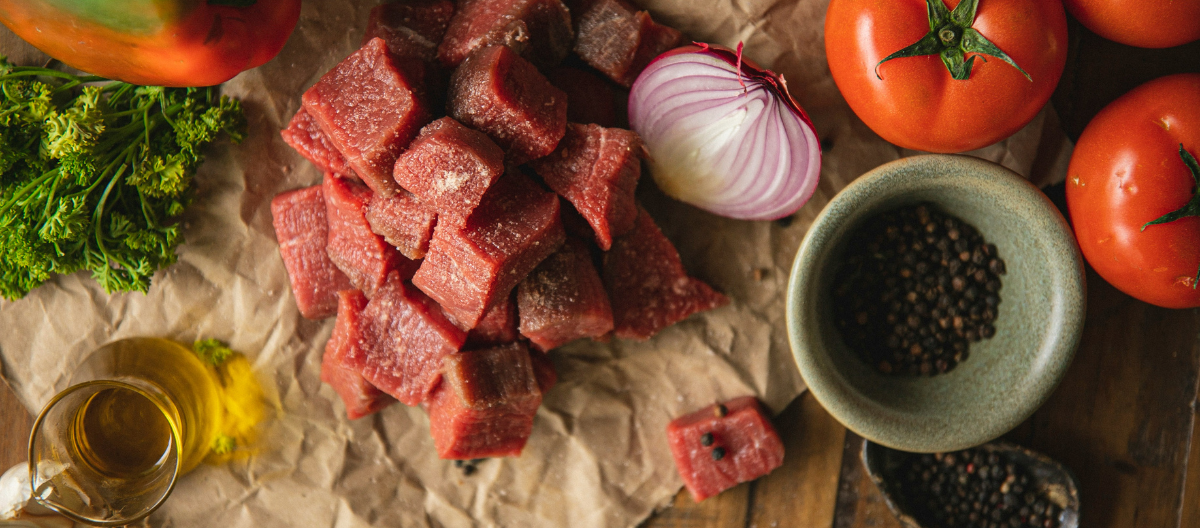Increasing iron intake naturally is essential for maintaining optimal health, especially if you have iron deficiency or are at risk of it. Iron is a crucial mineral that helps transport oxygen in your blood, supports metabolism, and promotes healthy immune function. Here are some effective ways to boost your iron levels through diet:
Incorporate Iron-Rich Foods
Animal-Based Sources
Red Meat: Beef, lamb, and pork are excellent sources of heme iron, which is more easily absorbed by the body compared to non-heme iron found in plant-based foods.
Poultry: Chicken and turkey also provide heme iron and can be included in your diet.
Fish and Shellfish: Seafood like tuna, salmon, and shrimp are good sources of heme iron.
Plant-Based Sources
Legumes: Lentils, chickpeas, and beans (such as black beans and kidney beans) are rich in non-heme iron.
Tofu and Tempeh: These soy-based products are good sources of iron and are suitable for vegetarians and vegans.
Leafy Greens: Spinach, kale, and Swiss chard contain non-heme iron. Cooking these greens can help increase the availability of iron.
Nuts and Seeds: Pumpkin seeds, sesame seeds, and almonds provide iron along with other beneficial nutrients.
Fortified Foods
Cereals and Grains: Many breakfast cereals and whole grains are fortified with iron. Check the labels to find those with added iron.
Enhance Iron Absorption
Pair Iron-Rich Foods with Vitamin C
Vitamin C Sources: Citrus fruits (oranges, grapefruits), strawberries, kiwi, bell peppers, and tomatoes can significantly enhance the absorption of non-heme iron from plant-based sources. For example, adding a slice of orange to your breakfast cereal or having a salad with bell peppers can boost iron absorption.
Cook with Cast Iron Pans
Iron Transfer: Cooking acidic foods (like tomatoes) in cast iron skillets can increase the iron content of the food.
Avoid Inhibitors of Iron Absorption
Calcium: High amounts of calcium can inhibit iron absorption. Try to avoid consuming large amounts of dairy products with iron-rich meals.
Tannins and Phytates: Found in tea, coffee, and some whole grains, these compounds can interfere with iron absorption. If you consume these beverages, try to do so between meals rather than with iron-rich meals.
Balance Your Diet
Include a Variety of Iron Sources
Mix Sources: Eating a combination of heme and non-heme iron sources throughout the day can help maintain adequate iron levels.
Monitor Iron Intake
Daily Requirements: The Recommended Dietary Allowance (RDA) for iron varies based on age, gender, and life stage. For example, adult women aged 19-50 need about 18 mg of iron daily, while men and postmenopausal women need about 8 mg daily. Adjust your intake according to your specific needs.
Consider Cooking Methods
Avoid Overcooking: Overcooking iron-rich foods can reduce their iron content. Lightly cooking or steaming is often sufficient.
Address Iron Deficiency
If you suspect you have iron deficiency, it’s essential to consult with a healthcare provider. They can perform tests to determine your iron levels and provide personalized recommendations. While dietary changes are crucial, sometimes iron supplements may be necessary, particularly if dietary adjustments alone are insufficient.
Iron-Rich Meal Ideas
Breakfast: Fortified cereal with fresh strawberries and a glass of orange juice.
Lunch: Spinach salad with chickpeas, bell peppers, and a lemon vinaigrette.
Dinner: Grilled salmon with a side of quinoa and steamed broccoli.
Snack: Almonds and a few slices of kiwi.


